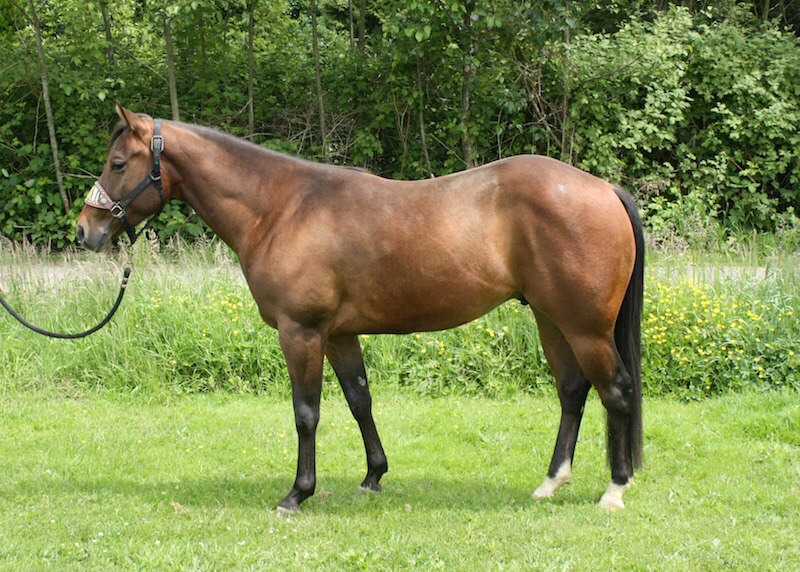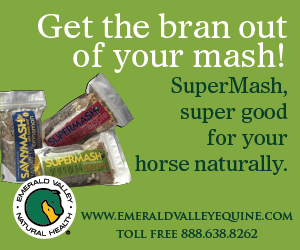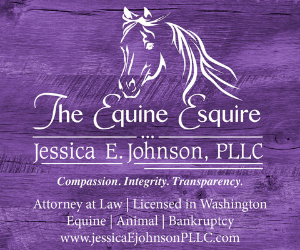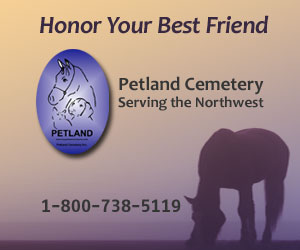Help Your Sale Horse Stand Out in a Crowded Market Place
By Allison Trimble
In these uncertain times, horse sales can be tricky. The horse market is still very alive, but there are more horses competing for the same buyer’s attention. In most cases, a seller will be advertising on an online sale forum or in a print publication. All of a sale horse’s qualities, including pedigree, talent, and accomplishments, are crucial to making a sale. However, much like in relationships, first impressions go a long way. Your horse’s pictures are going to be what peaks a potential buyer’s interest.
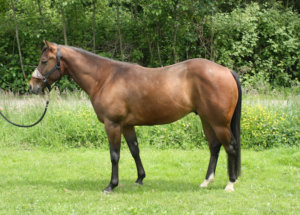 There are definitely some rules when it comes to taking pictures. When shooting your horse from the side angle, his offside two feet should be set just inside his two feet that are closest to you. Often people think they should set a horse up, like in showmanship, but that makes your horse appear to only have two legs on camera. You want his topline to be level. He should be standing on even ground, with his hind end underneath himself. You want a reasonably level headset, not being too high, or too low. Always shoot your side angle photos standing in the position as if you were lounging your horse, parallel, but more to the horse’s hip. If possible it helps to have the horse’s hip slightly closer to you. In pictures, this will make your horse’s hip seem more as it is in real life. In all pictures, your horse should have both ears pricked forward and a bright eye. The horse’s tail should be lying flat against their rump.
There are definitely some rules when it comes to taking pictures. When shooting your horse from the side angle, his offside two feet should be set just inside his two feet that are closest to you. Often people think they should set a horse up, like in showmanship, but that makes your horse appear to only have two legs on camera. You want his topline to be level. He should be standing on even ground, with his hind end underneath himself. You want a reasonably level headset, not being too high, or too low. Always shoot your side angle photos standing in the position as if you were lounging your horse, parallel, but more to the horse’s hip. If possible it helps to have the horse’s hip slightly closer to you. In pictures, this will make your horse’s hip seem more as it is in real life. In all pictures, your horse should have both ears pricked forward and a bright eye. The horse’s tail should be lying flat against their rump.
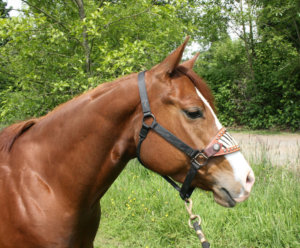 Head shots can be tricky, especially if your horse has a long facial marking. You never want to take a head shot straight on. You either want to take it from the side or with the horse’s head slightly turned to you. I like to use a halter with a wider noseband because it helps put things back into proportion on film.
Head shots can be tricky, especially if your horse has a long facial marking. You never want to take a head shot straight on. You either want to take it from the side or with the horse’s head slightly turned to you. I like to use a halter with a wider noseband because it helps put things back into proportion on film.
Front pictures are mostly to see the straightness of the front legs and to identify any scarring or old injury. I generally want to crouch down while shooting so that the perspective is good. In this case, you do want your horse squared up with their legs shoulder width apart, and straight. Be very careful about the hoof placement so your horse doesn’t look base narrow, or base wide.
Rear pictures are, again, mostly designed to see a horse’s leg structure. You do want them to be squared up in this picture, but you should only obtain this by walking your horse forward. If you back your horse to square them, their feet often turn out and they will seem more cow hocked than they are. I also like the horse to be looking off and alert to one side so their head can be seen.
If your horse is a performer always include and highlight action or show pictures. I also like to take “personality” shots, meaning something a little artistic, or a picture with you loving on them. A potential buyer wants a horse they will like. It helps make that seem more possible if you appear to love your horse. This isn’t being deceiving. If your horse is a dragon, it will be obvious once the buyer comes to visit. It is more about rising up out of the sea of sale horse ads and drawing the buyer in.
Published September 2011 Issue
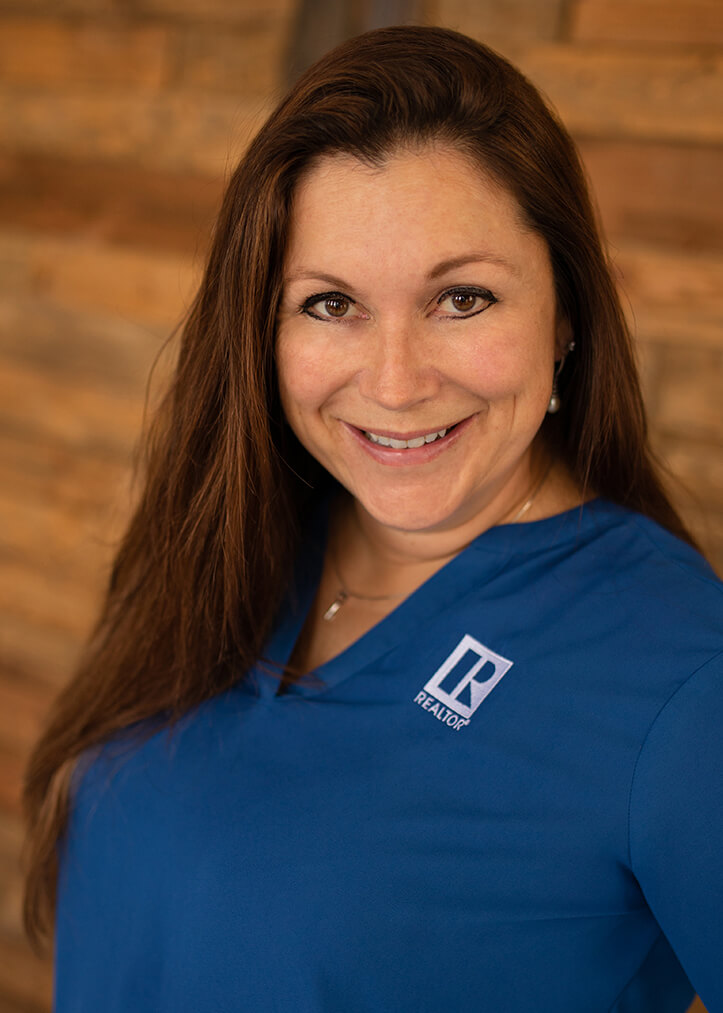
Allison Trimble is a Realtor® specializing in equestrian properties, farm and ranch properties, and residential real estate. As a former horse trainer, and a current owner, breeder and non-pro competitor in cow horse and reining events, she combines her experience in the horse industry with her lifelong real estate expertise to guide her clients through the real estate process.
Learn more at www.coastalrealtywa.com


